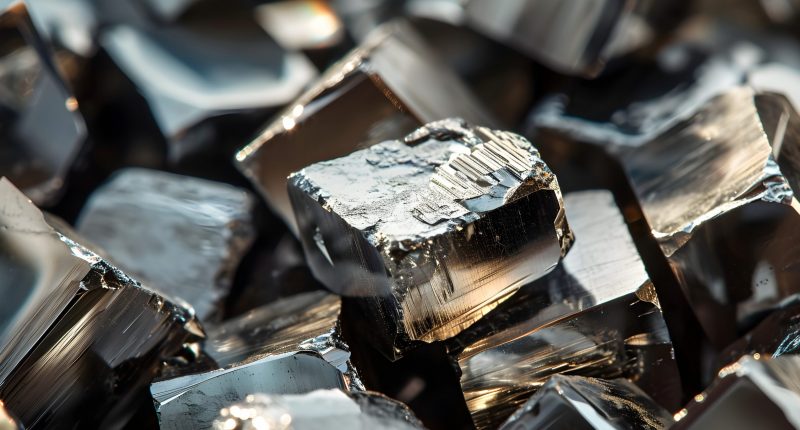Equinox Resources Ltd (ASX:EQN) has begun a program of reverse circulation (RC) drilling work at its Mata da Corda rare earth elements (REE) play in Brazil, seeking to examine the depth of clays there which have already yielded samples grading up 10,110 ppm (parts per million) in total rare earth oxides (TREO).
At the same time, ongoing clay sampling at the project has revealed the presence of TREO grades up to 5,879 ppm, 4,733 ppm, 3,928 ppm, 5,212 ppm, 4,067 ppm, 3,690 ppm TREO.
Notable anomalies containing titanium dioxide have also been revealed from surface sampling at Mata da Corda – in Brazil’s Minas Gerais region – including samples of up to 20% TiO2 – with this suggesting the possibility for a secondary product.
These samples were taken from the oxidized clay layer – with these often being weathered and hosting lower levels of mineralisation to what is indicatively directly beneath in the
clay.
The goal of Equinox’s incoming drilling program there will be to confirm the behavior of the grades at depth.
Managing Director Zac Komur said the sampling data had been promising, and more detailed exploration would aim to build on this.
“The additional surface sample results confirm that Mata da Corda has exceptional district-scale targets, with over half the samples exceeding 2000 ppm TREO across the 972 km² project area,” he said.
“We have partnered with a nimble and cost-effective RC drilling contractor who will mobilise the rig based on high-grade surface sample anomalies for our Phase 1 drilling campaign.
“Additionally, we are utilizing our own auger drill rigs to gain a comprehensive understanding of the clay profile and to map the clay horizon zoning, allowing us to penetrate the cerium anomalies observed on the surface.”
The market responded with some warmth to this news, and by 11:56 AEST, Equinox shares were trading at 26.5 cents, a rise of 1.92% since the market opened.

